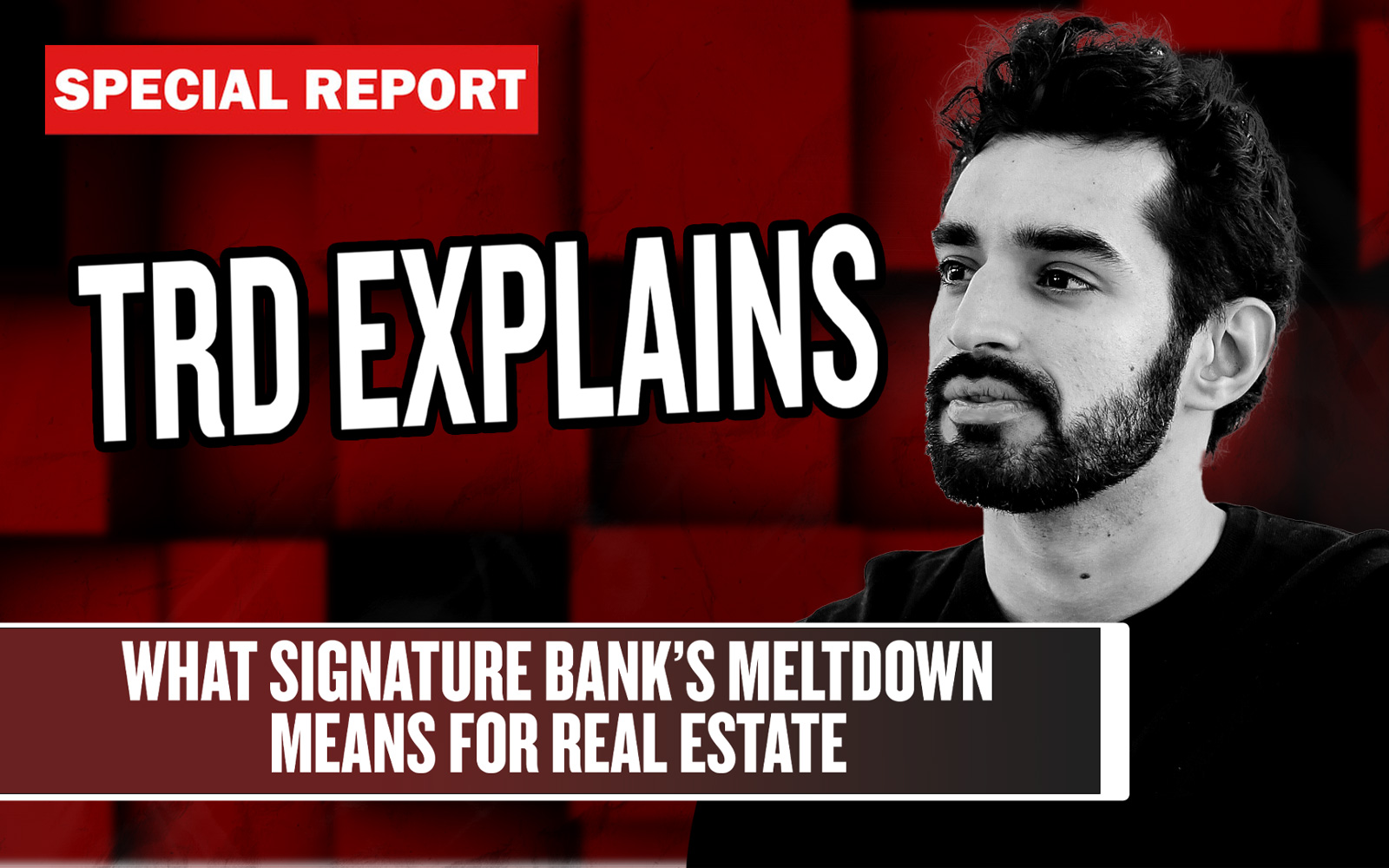The big story this week has been the government seizure of two banks — a rare event caused in part by investors’ flight to safety.
There’s irony in that, of course, but also good news for homebuyers, residential brokerages and agents.
When investors are nervous about the economy or the stock market, they put their money in the safest of all possible assets: Treasury bonds. That pushes the price of these bonds up, which causes their yields to go down.
Mortgage rates tend to move in tandem with those yields — specifically, with the yield on 10-year Treasury notes. That’s because investment risk is priced relative to the safety of long-term treasuries.
When thousands of mortgage loans are bundled, potential buyers of those securities will demand a higher yield than treasuries pay, because mortgages are riskier. If 10-year treasuries are paying 4 percent, no one’s going to buy mortgage loans paying 4 percent. But they might buy mortgages paying 7 percent, so lenders will make loans at that rate.
Which brings us to recent events.
“Treasury yields declined late last week, as market concerns over bank closures and the potential for broader ripple effects triggered a flight to safety in Treasury bonds,” said Joel Kan, the Mortgage Bankers Association’s deputy chief economist. “This decline pushed mortgage rates for all loan types lower, with the 30-year fixed rate decreasing to 6.71 percent.”
That triggered more requests for mortgages. MBA’s weekly survey, released this morning, showed the seasonally adjusted index for home purchase loans up 7 percent. It was the second consecutive weekly increase.
The 6.71 percent was last week’s average. The drop has continued: Mortgage rates are now almost 50 basis points lower than they were a week ago.
This is no small thing for the residential brokerage and mortgage industries, which have been decimated by a shortage of homes for sale and a big decline in homebuying. The primary reason has been the surge in interest rates, with the average 30-year mortgage rising from below 3 percent to north of 7 percent during 2022.
Other factors include the inevitable drop-off after the pandemic and historically low mortgage rates triggered a buying spree that depleted the number of for-sale homes and also of buyers.
Since then, the industry has been desperate for any sign of a comeback. A drop in mortgage rates and surge in loan applications in January lifted spirits, but proved short-lived. The annual optimism about a strong spring selling season seems to have petered out as well.
Then came the government takeovers of Silicon Valley Bank and Signature Bank on Sunday. The California lender had purchased a huge number of long-term Treasury bonds that it had to sell at a loss when depositors panicked and withdrew funds.
As a result, more investors are buying those same bonds, dragging down the yield and mortgage rates with them. By yesterday, one mortgage tracker reported, the average 30-year rate had dropped to 6 percent.
For folks in the business of selling homes, good news has been hard to come by for about a year. A banking fiasco was not what they were expecting, but they’ll take it.
Read more


